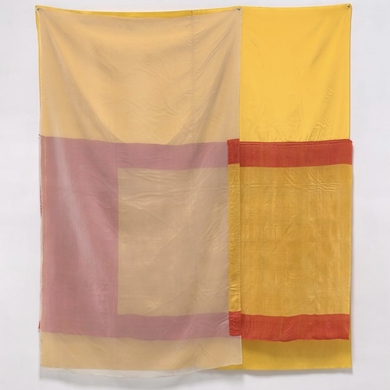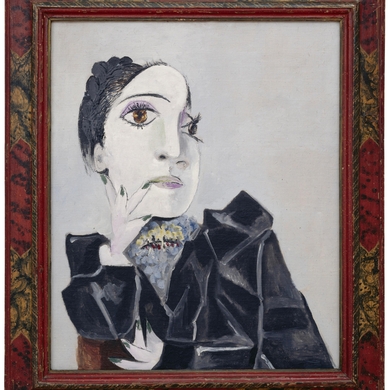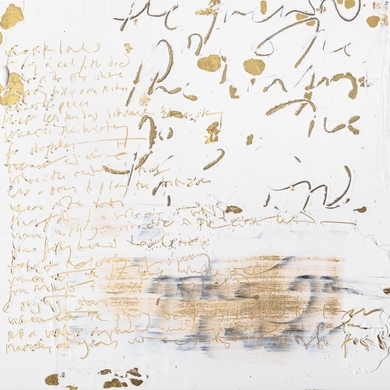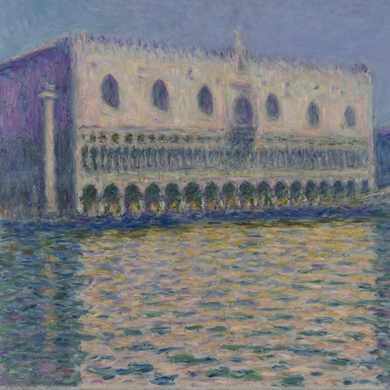In 1964, a white off-duty police officer on the Upper East Side shot and killed a black teenager named James Powell. The killing sparked six days of protest in Harlem, and ultimately transformed the career of the Black feminist poet June Jordan. She reflects on this turning point in the foreword of her book Civil Wars, writing “I realized I now was filled with hatred for everything and everyone white. Almost simultaneously it came to me that this condition, if it lasted, would mean I had lost the point. . . . I resolved not to run on hatred but, instead, to use what I loved, words, for the sake of the people I loved. However, beyond my people, I did not know the content of my love: what was I for?” Jordan teamed up with the architect R. Buckminster Fuller on a project to redesign Harlem: it would win the Rome Prize in environmental design six years later. The American Academy in Rome explores Jordan’s contribution to environmental design, which always included race, class, and gender in the conversation. Her poetry and designs are brought together with the art that inspired her, including paintings by Charles Alston, Colleen Browning, and Alice Neel. —Clara Molot
Arts Intel Report
June Jordan: The Poetry of Design

Left, the back cover of June Jordan’s 1969 book Who Look at Me; right, a photograph of Jordan in a catalogue for the Annual Exhibition of Work by the Fellows and Residents, from the American Academy in Rome’s Institutional Archive, circa 1970–71.
When
Apr 20 – June 11, 2023
Where
Etc
Photo: The American Academy in Rome



